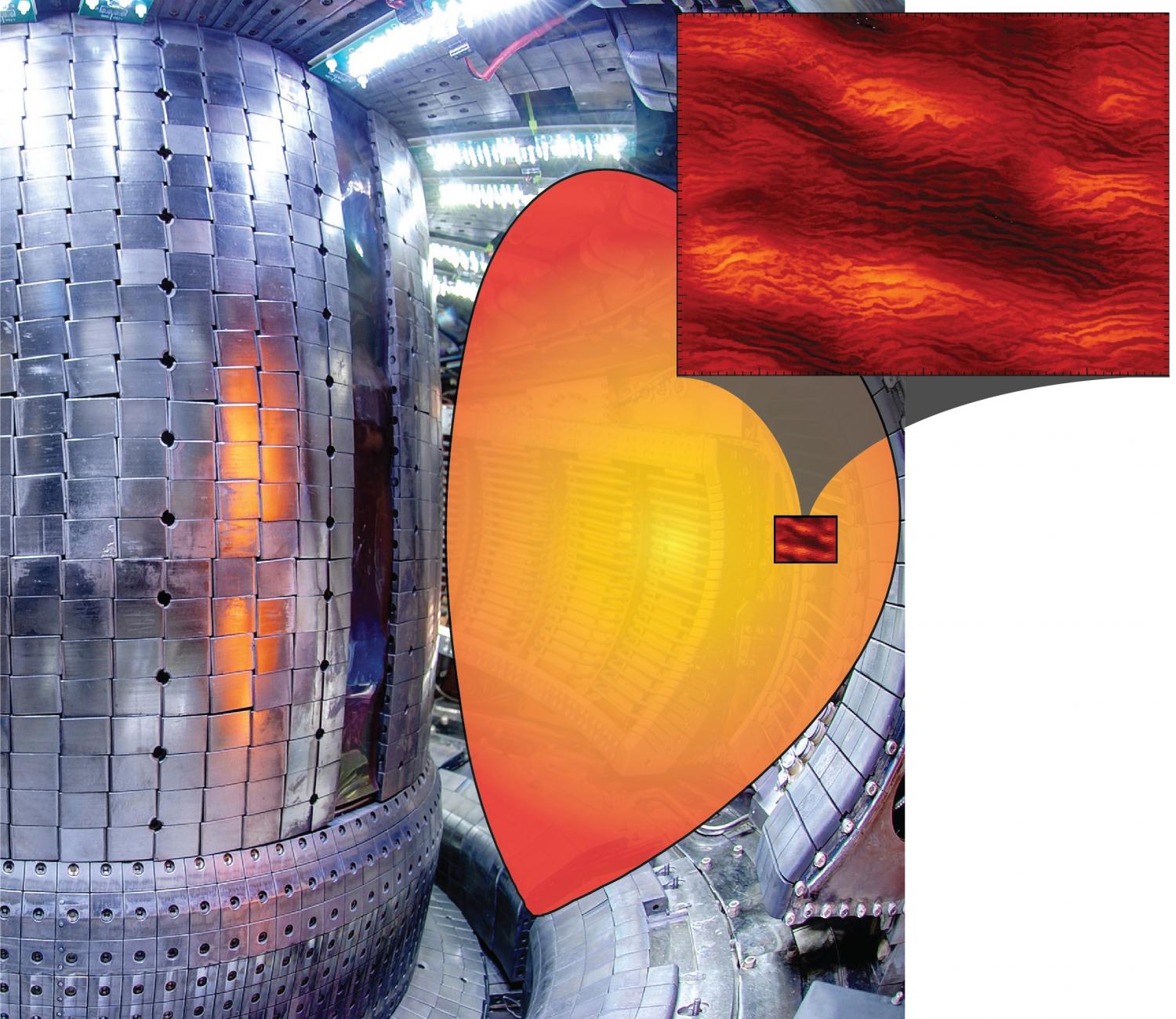Solving the turbulence plasma mystery.
Cutting-edge simulations run at Lawrence Berkeley National Laboratory’s National Energy Research Scientific Computing Center (NERSC) over a two-year period are helping physicists better understand what influences the behavior of the plasma turbulence that is driven by the intense heating necessary to create fusion energy. This research has yielded exciting answers to long-standing questions about plasma heat loss that have previously stymied efforts to predict the performance of fusion reactors and could help pave the way for this alternative energy source.
The key to making fusion work is to maintain a sufficiently high temperature and density to enable the atoms in the reactor to overcome their mutual repulsion and bind to form helium. But one side effect of this process is turbulence, which can increase the rate of plasma heat loss, significantly limiting the resulting energy output. So researchers have been working to pinpoint both what causes the turbulence and how to control or possibly eliminate it.
Because fusion reactors are extremely complex and expensive to design and build, supercomputers have been used for more than 40 years to simulate the conditions to create better reactor designs. NERSC is a Department of Energy Office of Science User Facility that has supported fusion research since 1974.
